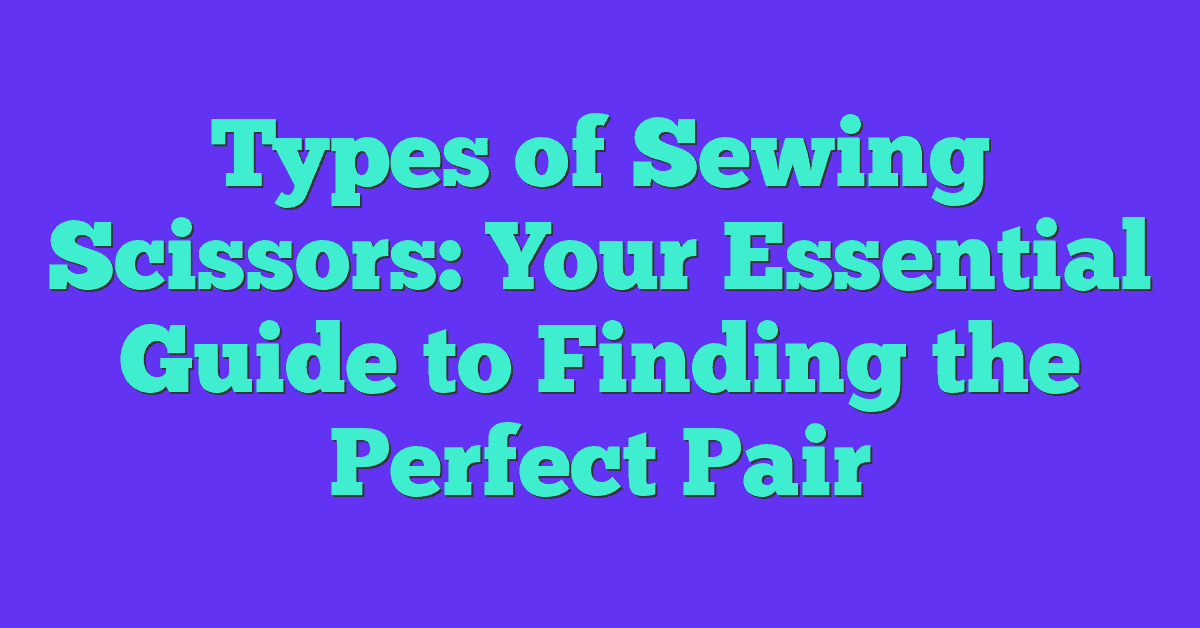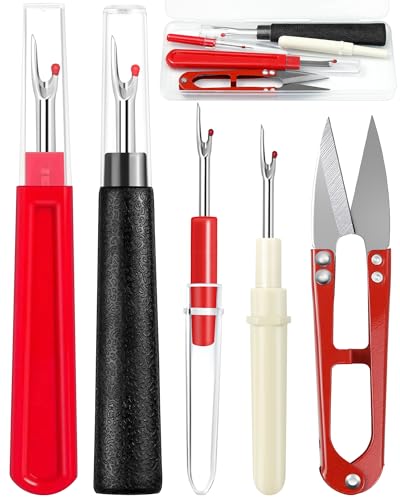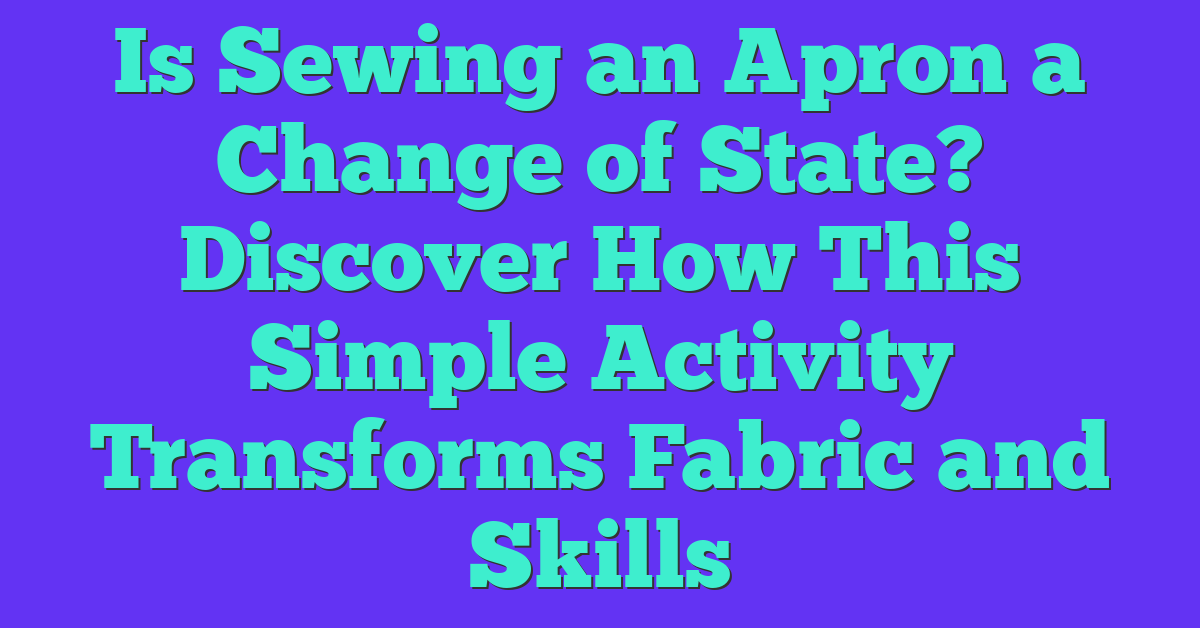Alright, let’s dive into the exciting world of sewing scissors! Now, you might be thinking, “scissors are scissors, right?” Well, not exactly. When it comes to sewing, the type of scissor you use can make a significant difference in your project’s outcome.
Trust me; you wouldn’t want to use your regular kitchen shears on that gorgeous fabric you’ve been saving for a special dress. That’s where specialized sewing scissors come into play. They’re designed with specific tasks in mind – from snipping threads and cutting out patterns to slicing through thick fabric like denim or leather.
So buckle up! We’re about to embark on a journey exploring different types of sewing scissors and their unique purposes. By the end of this article, you’ll know exactly which pair (or pairs) will be best suited for your future projects!
Understanding Different Types of Sewing Scissors
There’s a whole world to explore when you dive into the realm of sewing scissors. Believe it or not, they’re not all created equal! Each type has its own unique purpose and can make your sewing projects that much easier. Let’s delve into the most common types you might come across.
First off, we’ve got your everyday fabric shears. These are your go-to for cutting through material. They’re designed with a bent handle to allow the lower blade to glide along the cutting surface without lifting your fabric.
Next on our list are pinking shears. If you’ve ever seen a zig-zag edge on fabric, that’s thanks to these bad boys. Pinking shears help prevent fraying and create decorative edges – pretty nifty!
Now let’s talk about embroidery scissors. With their sharp points and small size, they’re perfect for detailed work like thread cutting or buttonhole opening.
Tailor’s Shears come next – these heavy-duty scissors have longer blades and one pointed tip which makes them ideal for cutting multiple layers of fabric or bigger pieces.
Last but definitely not least, we’ve got appliqué scissors. Recognizable by their paddle-shaped blade, they protect your base material while trimming close to your stitches – a real game-changer in appliqué work!
Here’s a quick recap:
| Type | Typical Use |
|---|---|
| Fabric Shears | General fabric cutting |
| Pinking Shears | Preventing fray & decorative edges |
| Embroidery Scissors | Detailed work (thread cutting) |
| Tailors Shears | Large cuts/multiple layers |
| Applique Scissors | Protects base material during appliqué |
Remember this is just scratching the surface! There are even more specific tools out there tailored (pun intended) for every kind of sewing project under the sun! So next time you’re feeling frustrated with a tricky cut, ask yourself – do I have the right scissors for this job?
Essential Features of Quality Sewing Scissors
So you’re thinking about upping your sewing game. That’s great! Now, the first thing on your list should be a pair of quality sewing scissors. But what makes a good one? Let’s dive in and discover some essential features that define top-notch sewing scissors.
First off, let’s talk about MATERIAL. Higher-quality scissors usually have blades made from stainless steel or carbon steel. These materials are durable, rust-resistant, and remain sharp for longer periods of time. However, keep in mind that carbon steel blades may need more maintenance to prevent rusting compared to their stainless-steel counterparts.
It’s all about SHARPNESS when it comes to sewing scissors. A good pair will effortlessly cut through fabric without snagging or leaving jagged edges behind. You’ll want your blade to glide smoothly through even the thickest fabrics with ease.

Then there’s DESIGN AND COMFORT – essentially how the scissor feels in your hand as you work with it. High-quality scissors often feature ergonomic handles that fit comfortably in your hand for prolonged use without causing fatigue or discomfort.
Last but not least is ADJUSTABILITY – many premium sewing scissors allow you to adjust the tension between the blades for a more precise and customized cutting experience.
Here’s a quick summary:
- Material: Preferably Stainless Steel or Carbon Steel
- Sharpness: Should glide smoothly through any fabric
- Design & Comfort: Look for ergonomic handles
- Adjustability: Allows tension adjustment between blades
Remember these features when shopping around and you’ll surely bag yourself a winner!
Types and Uses: Straight-Edge Sewing Scissors
You’ve probably seen straight-edge sewing scissors before. They’re the classic, can’t-go-wrong tool every sewer has in their kit. But do you know what makes them so special? Let’s dive right in and find out!
« Best Sewing Machine Under 100: Your Guide to Affordable Crafting
Substitute for Sewing Machine Oil: Your DIY Guide to Alternatives »
First off, let’s talk about their appearance. Straight-edge sewing scissors have a sharp point at the end of each blade. This design isn’t just for looks – it’s actually incredibly useful! The sharp points allow for precision cutting, making them perfect for tasks that require accuracy like cutting out patterns or trimming seams.
But it’s not just about precision. The blades on these scissors are typically very straight, hence the name! This allows for smooth, long cuts through fabric – something that’s essential when dealing with larger pieces of material.
Now you might be wondering, “Are all straight-edge sewing scissors created equal?” Well, they’re not! Some are designed specifically for heavy-duty projects using thick fabrics like denim or leather. Others are lighter weight and better suited to delicate materials like silk or lace.
So next time you reach into your sewing kit, take a moment to appreciate your trusty pair of straight-edge scissors. Whether you’re working on a big project or doing some light crafting, they’ll likely be one of your most valuable tools!
Pinking Shears: A Must-Have for Crafting
Hey there, craft enthusiasts! Let’s talk about your best buddy in the sewing kit – pinking shears. If you’re into crafting and haven’t been introduced to these babies yet, well, it’s high time you did.
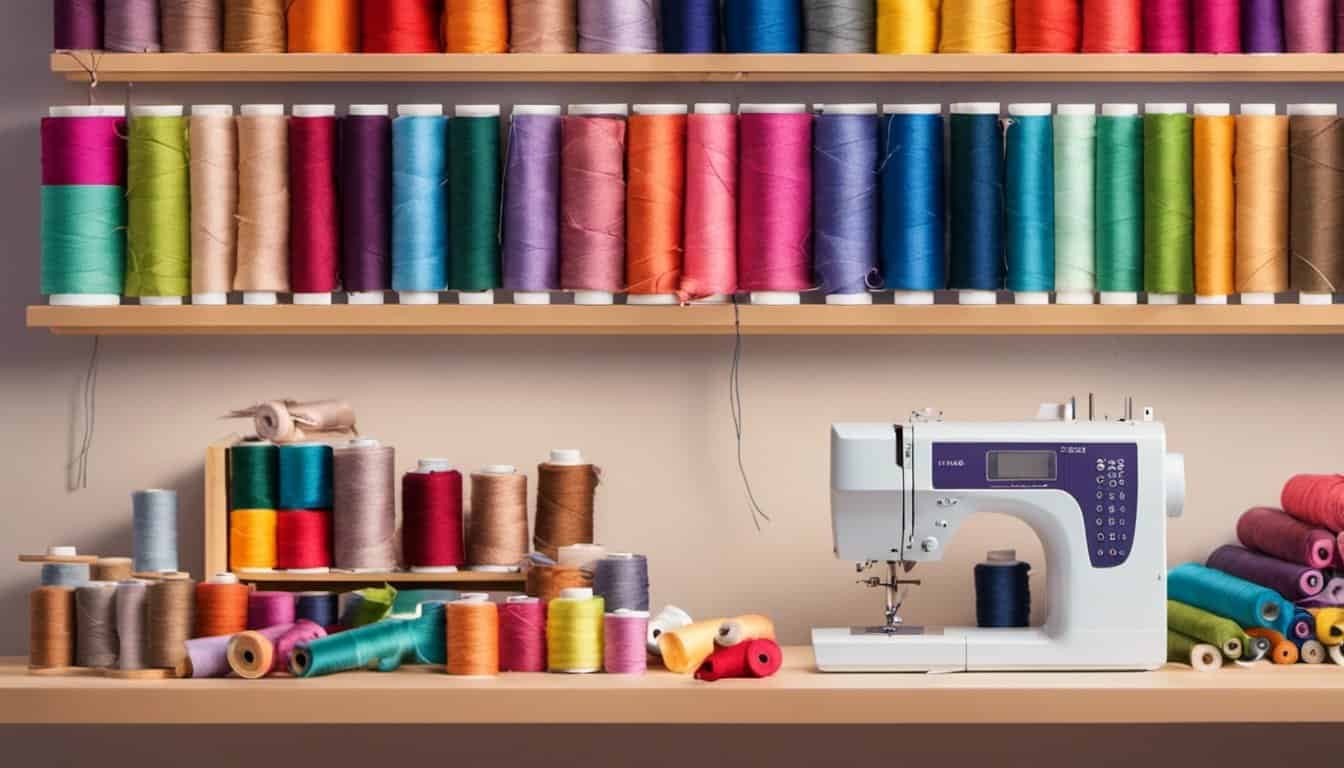
Why are they a must-have, you ask? It’s simple really. Pinking shears are fantastic tools that add a decorative edge to your fabrics while preventing fraying at the same time. They work by cutting the fabric in such a way that it leaves a zigzag pattern along the cut line – isn’t that neat?
If you’re wondering how pinking shears differ from your regular scissors, here’s the scoop: Standard scissors cut in straight lines (which is great for many tasks), but when it comes to adding some flair or dealing with easily frayed materials like satin or chiffon – pinking shears steal the show.
Now let’s take a peek at some numbers:
| Scissor Type | Use Ratio |
|---|---|
| Regular | 60% |
| Pinking | 40% |
As seen on this table, while standard scissors still dominate most crafting projects due to their versatility, almost half of crafters prefer using pinking shears for special tasks.
And remember those adorable zigzag patterns we talked about? You can make them even more fun by playing around with different widths between each cut or making angled cuts which give an entirely new look!
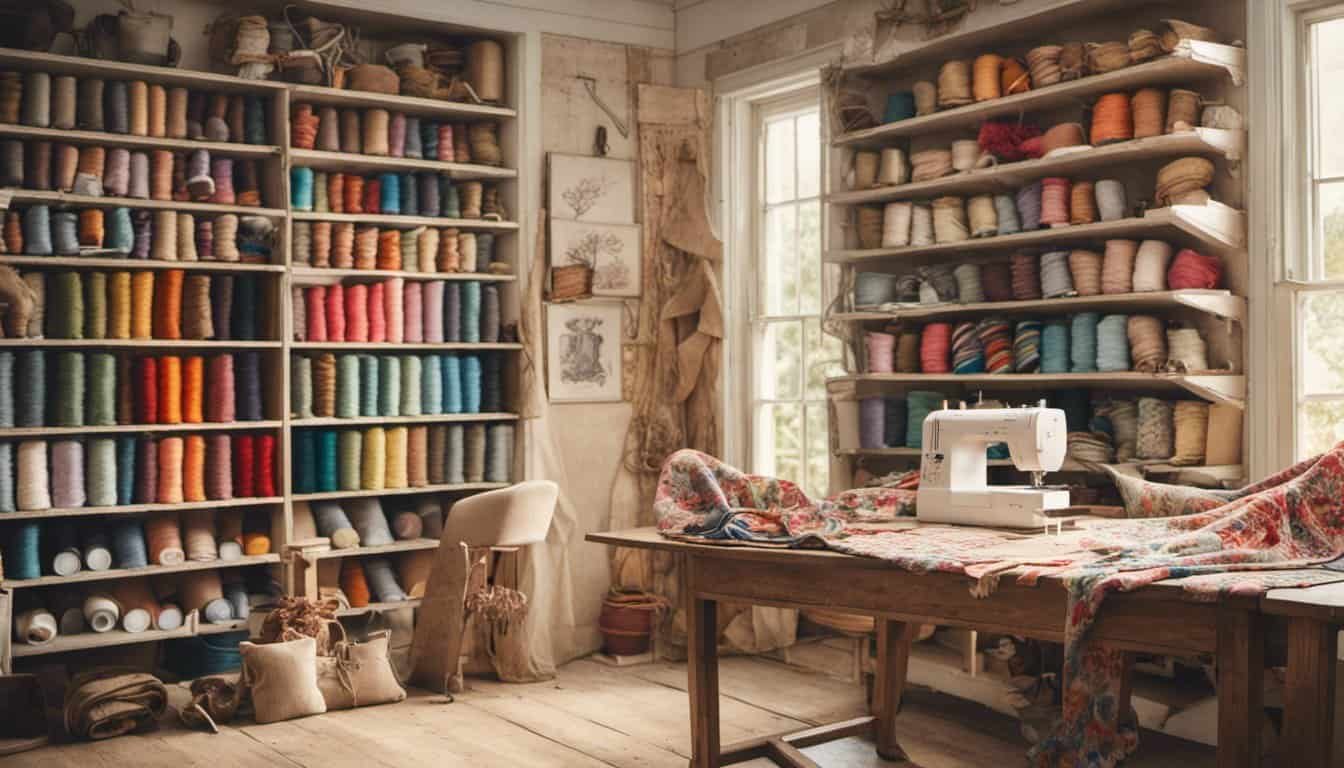
So there you have it folks! We’ve just scratched the surface of what makes piking shears such an essential part of your crafting toolkit. Next time you find yourself reaching for those plain old scissors, think twice and consider giving our spiky friends a chance!
Embroidery Scissors: Precision in Small Cuts
So, you’ve decided to explore the world of embroidery. You’re in for a treat! But before you dive headfirst into your first project, let’s talk about one of the essential tools you’ll need – embroidery scissors. These aren’t your run-of-the-mill craft scissors; they’re specialized tools designed with precision and detail in mind.
Embroidery scissors are typically smaller than their generic counterparts. Their size isn’t an accident either; it’s specifically meant to accommodate the intricate details that come with embroidery work. Imagine trying to snip away at tiny threads with oversized shears – sounds like a nightmare, right? That’s why these petite powerhouses are perfect for delicate tasks like trimming loose threads or cutting precise shapes out of fabric.
Now let’s move on to their design features. Most embroidery scissors have sharp pointed tips that allow for precision cutting. If you’ve ever tried working on an intricate design, you’ll know how important this is! Some models even feature curved blades which help to prevent damaging your fabric while making close cuts.
Varieties abound when it comes to these crafting champions! Here are few types you might encounter:
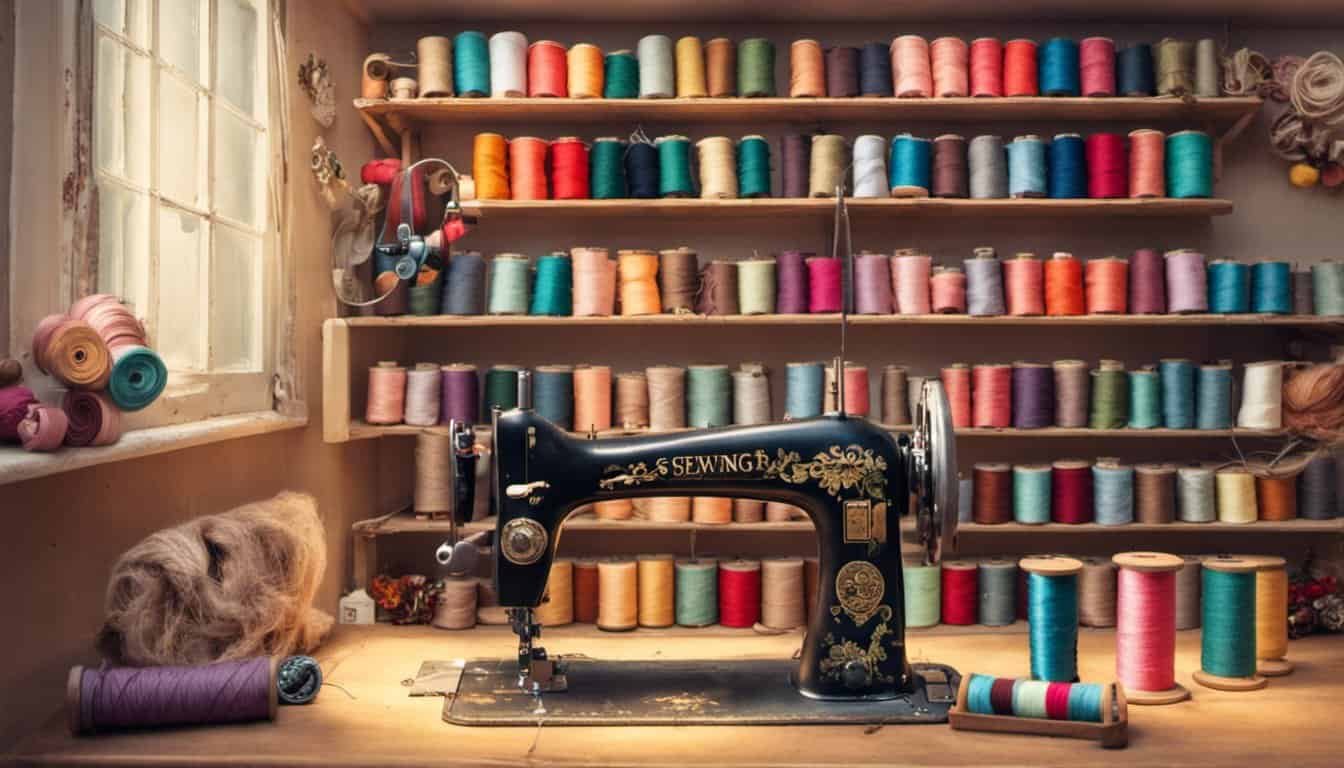
- Straight tip: Great for general use and can handle most basic tasks.
- Curved tip: Perfect for snipping tricky corners without damaging other parts of your design.
- Double curved: Gives extra visibility when doing machine embroidery because they elevate above the surface of the fabric.
While all these options may seem overwhelming at first, don’t worry! It really boils down to personal preference and what type of projects you plan on tackling.
And here’s a fun fact – did you know some people actually collect vintage embroidery scissors as part of their sewing room decor? There really is no end to how these little wonders can add charm not only to your craft but also your creative space!
Just remember, whichever pair you decide on, make sure to care for them properly. They should be kept clean and dry when not in use, and sharpened regularly for optimal performance.
So go ahead, take the plunge into precision with your new embroidery scissors. You’ll soon wonder how you ever managed without them!
Buttonhole Scissors: Making Perfect Buttonholes
Whenever you’re working on a sewing project that includes buttonholes, you’d know that precision is everything. That’s where buttonhole scissors come into play. They’re not your everyday pair of scissors; they’re designed with an adjustable screw to ensure the exact length for each cut. Say goodbye to uneven or oversized buttonholes!

So, how exactly do these special scissors work? It’s pretty simple actually! You just slide the fabric between the blades, adjust the screw for the desired length and then make your cut. The built-in stopper prevents over-cutting and helps maintain consistency across multiple buttonholes.
It might be surprising to learn that there are different types of buttonhole scissors too! For instance:
- Flat Buttonhole Scissors: These have a straight blade and are perfect for making flat slits in fabric.
- Round Buttonhole Scissors: These feature a curved blade, ideal for cutting circular holes.
While it’s true that most modern sewing machines include a buttonhole feature, having a set of manual buttonhole scissors can be handy when dealing with thick or tricky materials. Plus, it gives you more control over your cuts which can lead to better results!
Remember though – like any tool, quality matters. A cheap pair might not give you clean cuts or could dull quickly. So, invest in high-quality ones from reputable brands if possible!
Whether you’re an experienced tailor or just starting your journey in sewing crafts, mastering the art of using buttonhole scissors will definitely elevate your workmanship to new heights!

Electric Scissors: Modern Solutions for Sewing Projects
Ever imagined zipping through your sewing projects with the speed of a professional tailor? Yes, you can! It’s all thanks to electric scissors. These aren’t just ordinary scissors; they’re high-tech tools designed to make your sewing tasks a breeze.
Electric scissors are revolutionizing the way we handle fabric and other materials in our sewing projects. They’ve got power, versatility, and convenience packed into one handy tool. You might be wondering how they work. Well, these nifty gadgets operate on batteries and have a specially designed blade system that cuts through materials swiftly and accurately. So you’re not only saving time but also reducing hand fatigue!
Now, let’s talk about some popular types of electric scissors:
- Cordless Electric Scissors: These are perfect if you don’t want to be tied down by cords or wires while working on your project. Just charge up the battery, and you’re good to go.
- Corded Electric Scissors: If you have larger projects or need continuous use for extended periods, corded ones could be your best bet as they draw power directly from an outlet.
Using electric scissors doesn’t mean compromising on precision. Some models even come with different blades for various materials like fabric, cardboard, or carpet! Isn’t that awesome?
How about safety? Don’t fret; manufacturers have got it covered too! Most electric scissors come equipped with safety locks or protective casings to prevent accidental cuts.

So why wait? Give your traditional pair of shears a break and step into the future with electric scissors because when it comes to modern-day sewing solutions – they’re truly cutting edge!
Conclusion: Choosing Your Ideal Sewing Scissors
So, you’ve made it to the end of our guide on different types of sewing scissors. Now comes the fun part – picking out your perfect pair! Remember, it’s not about having the most expensive or fancy scissors around. It’s all about finding what works best for you and your specific needs.
Dressmaker shears are a great all-rounder if you’re after something versatile. They’ll handle most fabrics and projects without any issue. On the other hand, if precision is your game, embroidery or applique scissors might be right up your alley.
For those who work with heavy-duty materials like leather or upholstery fabric, investing in a quality pair of pinking shears could be a game changer. And let’s not forget our quilting friends – spring action scissors can take some of that strain off during long cutting sessions!
You might also want to consider factors like:
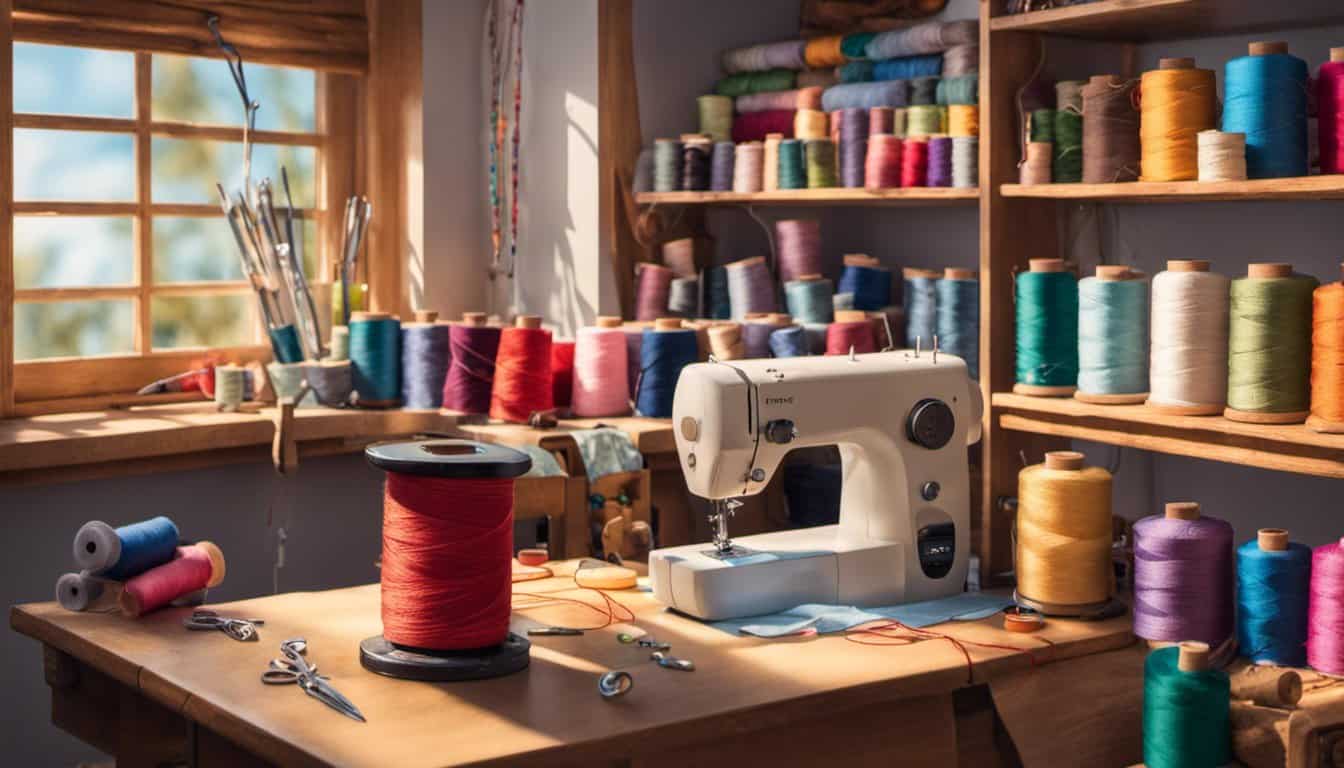
- Comfort: How do they feel in your hands? Are they light enough for extended use?
- Size: Do you need them for detailed work or general cutting?
- Material: Stainless steel is usually a safe bet as it’s durable and stays sharp longer.
- Price: What’s your budget? Sometimes spending a bit more upfront can save you money (and frustration) down the line.
Remember, there’s no one-size-fits-all when it comes to sewing tools. So take some time to figure out which type fits into your sewing routine best. Once you find that perfect pair, trust us—you’ll know! Happy sewing!

